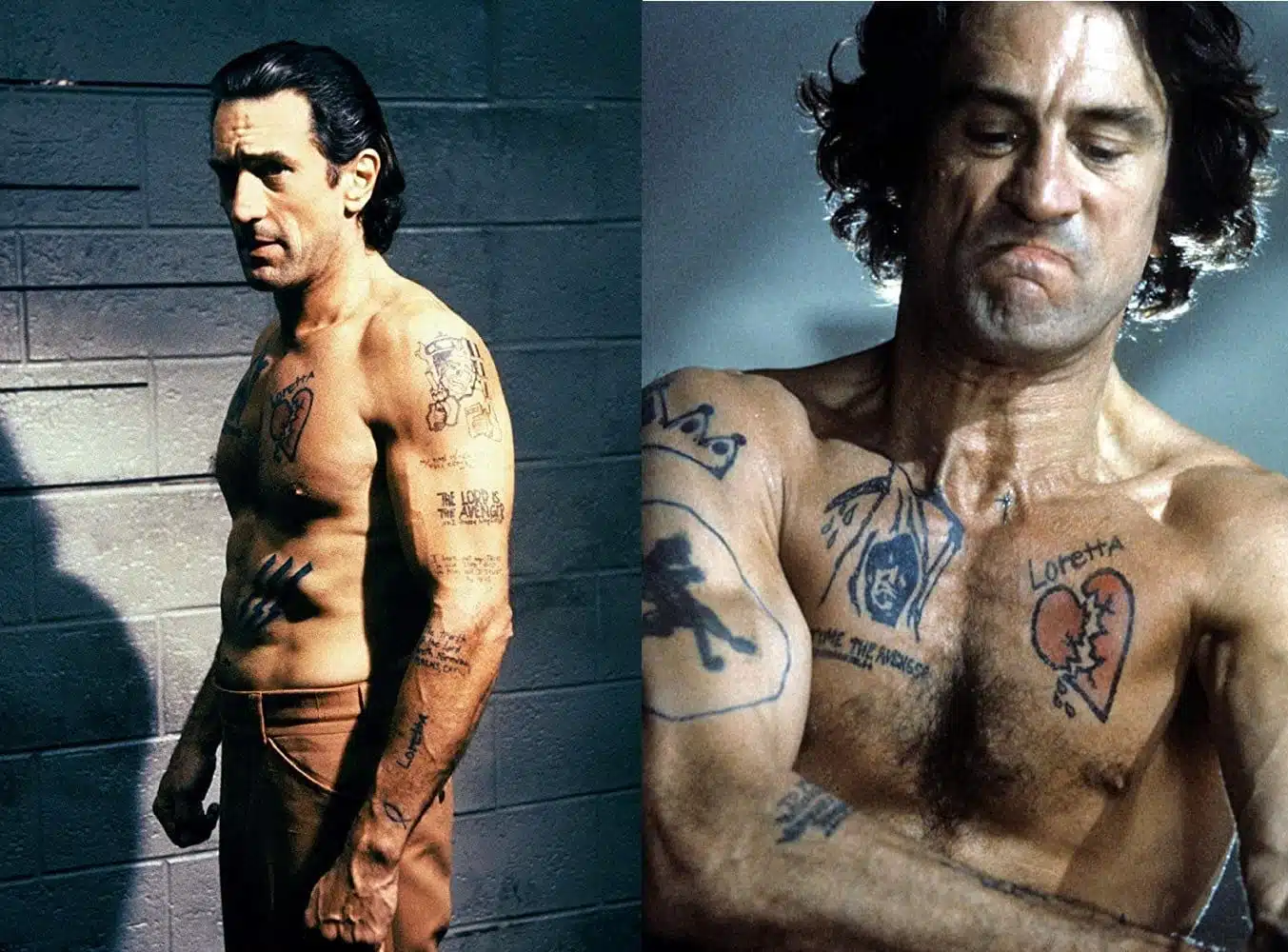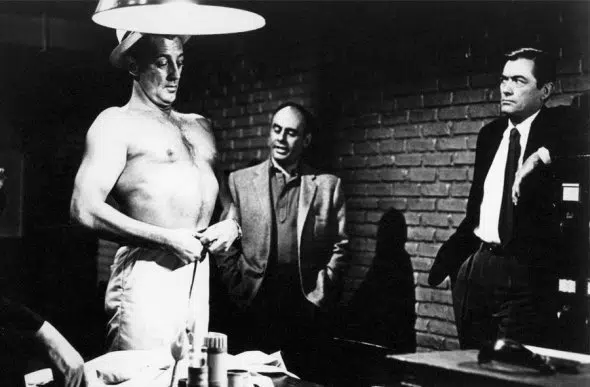It’s compare and contrast time. Max Cady, a psychopath recently out of stir after a long stretch for rape, sets out to terrorise lawyer Sam Bowden who he believes withheld information about his case at the trial which resulted in him going down.
The original, directed by cult British director J. Lee Thompson in 1962, starred Robert Mitchum as the avenging psycho (a role he’d perfected in 1955’s Night Of The Hunter) and Gregory Peck as the apparently decent lawyer. Both turn up again in cameos in Martin Scorsese’s remake, in which things aren’t quite so clear cut.
This time around Bowden (now played by Nick Nolte) is a lousy lawyer, and a philandering husband to boot, and Cady (Robert De Niro) isn’t just bad, he’s positively evil. The later version amps up the sex, too.
Remember the infamous scene where Bowden’s daughter (Juliette Lewis) sucks the finger of Max Cady in the empty school theatre? And of course there’s Scorsese’s wham-bam hurricane-tossed ending.
But sex, a big budget and lots of special effects to one side, the consensus seems to have it that Thompson’s is the better film, that drama as stormy as this works best when set in an age of innocence. As well as an elemental good versus evil thrust, Thompson also has Bernard Herrmann’s jangly score to help him along too, plus his instinct for the pace of a scene.
Scorsese is, to be fair to him, after something more nuanced. His isn’t a clear-cut world of good v evil – everyone has done something that stinks in his Cape Fear. But does his finessing of moral positions make for a more satisfying, more humane drama, or a less dynamic film? Or both? Coming one year after Goodfellas Scorsese’s Cape Fear was fighting not just Thompson’s film but his own reputation.
Cape Fear (1991) – at Amazon
I am an Amazon affiliate
© Steve Morrissey 2013

